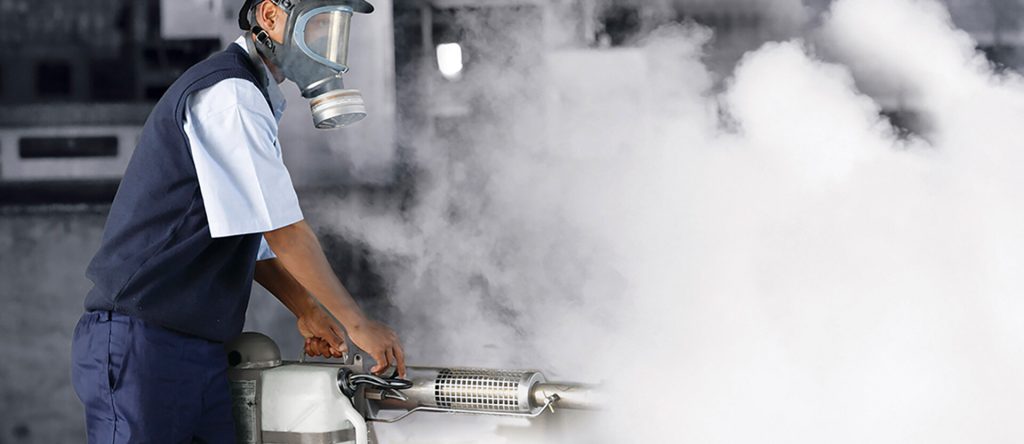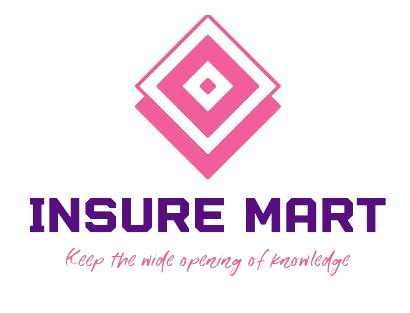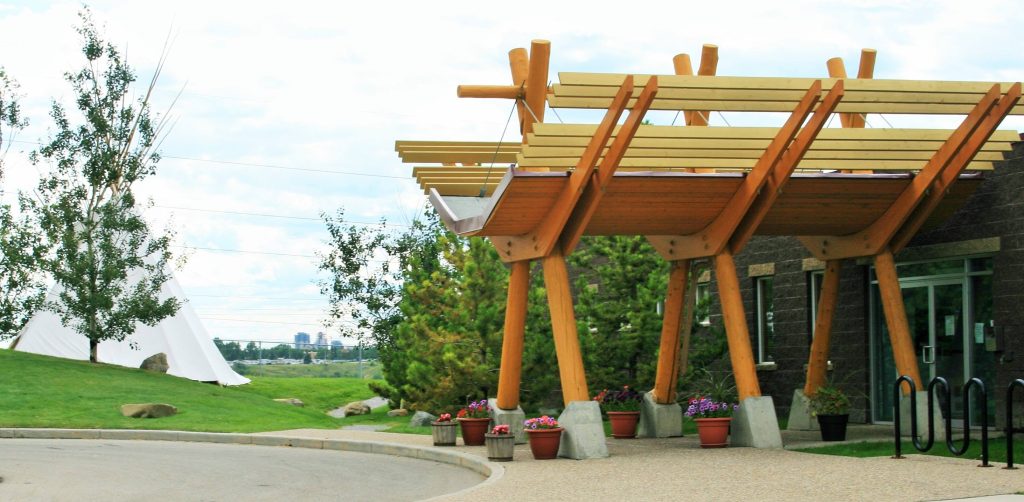Pest control refers to the management and elimination of pests that can cause harm or nuisance to humans, animals, crops or structures. There are several different methods of pest control, each with its own advantages and disadvantages. Here are some commonly used methods:
- Chemical Control: This method involves the use of chemical pesticides to kill or repel pests. Chemical control is often effective and provides immediate results. However, it can also have negative impacts on the environment, non-target organisms and human health if not used correctly. It is important to follow instructions and safety guidelines when using chemical pesticides.

- Biological Control: This method involves the use of natural enemies of pests to control their populations. These natural enemies can be predators, parasites or pathogens. Biological control is environmentally friendly and can provide long-term pest management. It is commonly used in agriculture, where beneficial insects are introduced to control crop pests.
- Physical Control: This method involves the use of physical barriers or traps to prevent pests from accessing certain areas or to capture and remove them. Examples include installing screens on windows to prevent insects from entering buildings or using sticky traps to catch rodents. Physical control is often safe and non-toxic, but it may not be effective for large-scale infestations.
- Cultural Control: This method involves altering the environment or cultural practices to make it less favorable for pests. Examples include crop rotation, proper waste management and maintaining cleanliness. Cultural control focuses on preventing pest problems by creating unfavorable conditions for their survival and reproduction.
- Mechanical Control: This method involves the use of mechanical devices or techniques to physically remove pests. Examples include handpicking insects, using vacuum cleaners to remove spiders or flies or using barriers like fences to exclude larger pests and check this out https://goawaypestcontrol.com/pest-control/. Mechanical control can be labor-intensive and may not be suitable for large areas or heavy infestations.
- Integrated Pest Management (IPM): IPM is a comprehensive approach that combines multiple pest control methods to achieve effective and sustainable pest management. It involves monitoring pest populations, identifying the causes of infestations and using a combination of chemical, biological, cultural and physical control methods. IPM aims to minimize the use of chemical pesticides and prioritize long-term pest prevention and management.
It is important to note that the choice of pest control method depends on the type of pest, the severity of the infestation, the environment and other factors. In many cases, a combination of methods is used to achieve the best results. Additionally, it is essential to consider the potential impacts on human health, non-target organisms and the environment when selecting and applying pest control methods.







